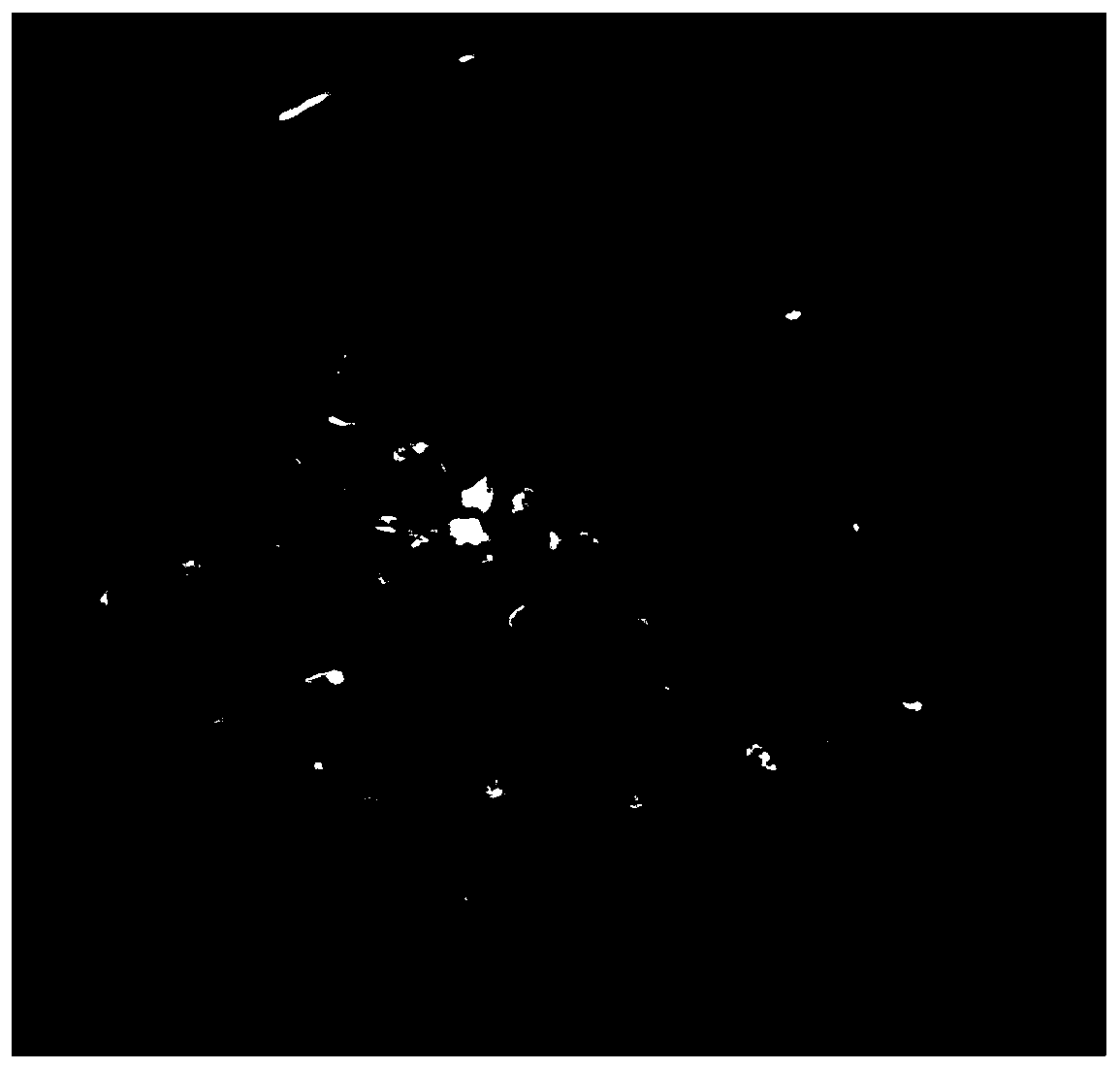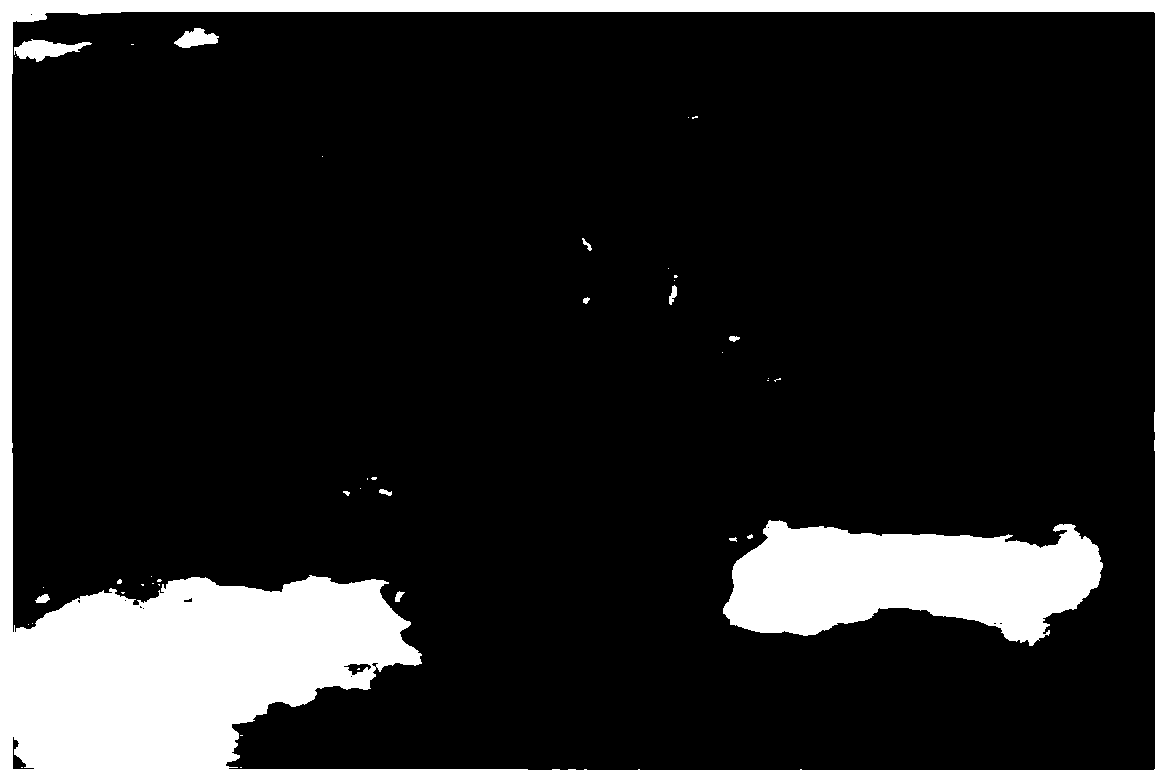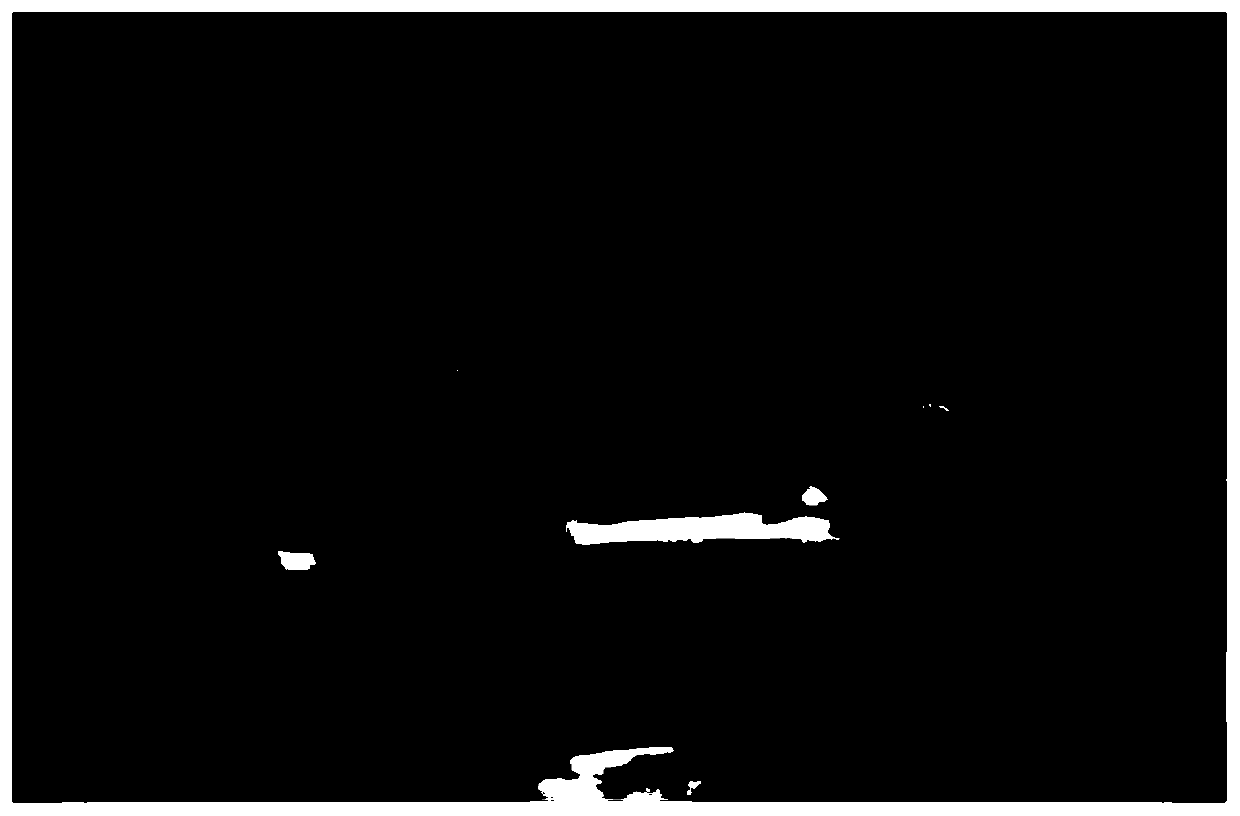Method for acquiring regeneration plant by Camellia chekiangoleosa Hu anther culture
A technology for in vitro culture and regeneration of plants, applied in the field of plant cell engineering, can solve the problems of low induction rate, differentiation rate and rooting rate of regeneration culture, difficulty in obtaining homozygous plants, low regeneration efficiency, etc., so as to improve the callus differentiation rate. , the effect of shortening the breeding cycle and speeding up the breeding process
- Summary
- Abstract
- Description
- Claims
- Application Information
AI Technical Summary
Problems solved by technology
Method used
Image
Examples
Embodiment 1
[0045] This embodiment provides a method for in vitro culture of Zhejiang Red Camellia anthers to obtain regenerated plants, including the following steps:
[0046] (1) Selection of flower buds
[0047] On a sunny morning in October, pick the buds of Zhejiang Red Camellia, put them in a ziplock bag, put them in an ice box, and bring them back to the laboratory in time. The recovered flower buds were divided into 5 groups according to the size of the transverse diameter, the buds were peeled off, and the colors of pollen grains of different groups were observed, and then the anthers were stained with acetic acid magenta, and the developmental stages of the microspores were observed under a microscope. According to the observation results under the microscope, the size and color of the flower buds, select the corresponding flower buds whose microspores are in the uninucleate marginal stage for subsequent culture.
[0048] (2) Bud low temperature pretreatment
[0049] Put the f...
Embodiment 2
[0065] This example provides a method for in vitro culture of Zhejiang Red Camellia anthers to obtain regenerated plants. The steps are the same as Example 1, the difference is that the conditions of individual steps are different, and the culture medium used is different. This example The different conditions and culture medium adopted are specifically referred to as follows, and the experimental steps and conditions not clearly stated can be found in Example 1:
[0066] (2) Bud low temperature pretreatment
[0067] Low temperature treatment for 5 days.
[0068] (3) Disinfection of explants
[0069] Soak the flower buds with detergent for 15 minutes (intermittent agitation), using 0.2% (m / m) carbendazim (50% active ingredient) and 1% (m / m) polyoxin (1% active ingredient) Soak in 75% (v / v) ethanol for 50s, 0.1% (m / m) HgCl 2 Surface disinfection for 18 minutes.
[0070] (4) Callus induction culture
[0071] The callus induction medium is: MS minimal medium (powder), 1mg / L ...
Embodiment 3
[0077] This example provides a method for in vitro culture of Zhejiang Red Camellia anthers to obtain regenerated plants. The steps are the same as Example 1, the difference is that the conditions of individual steps are different, and the culture medium used is different. This example The different conditions and culture medium adopted are specifically referred to as follows, and the experimental steps and conditions not clearly stated can be found in Example 1:
[0078] (2) Bud low temperature pretreatment
[0079] Low temperature treatment for 7 days.
[0080] (3) Disinfection of explants
[0081] Soak the flower buds with detergent for 20 minutes (intermittent agitation), using 0.2% (m / m) carbendazim (50% active ingredient) and 1% (m / m) polyoxin (1% active ingredient) Soak for 15 minutes (stir with a brush intermittently during the soaking process), continue to rinse with tap water for 4 hours; disinfect the cleaned flower buds with 75% (v / v) ethanol for 60 seconds, wash...
PUM
 Login to View More
Login to View More Abstract
Description
Claims
Application Information
 Login to View More
Login to View More - R&D
- Intellectual Property
- Life Sciences
- Materials
- Tech Scout
- Unparalleled Data Quality
- Higher Quality Content
- 60% Fewer Hallucinations
Browse by: Latest US Patents, China's latest patents, Technical Efficacy Thesaurus, Application Domain, Technology Topic, Popular Technical Reports.
© 2025 PatSnap. All rights reserved.Legal|Privacy policy|Modern Slavery Act Transparency Statement|Sitemap|About US| Contact US: help@patsnap.com



